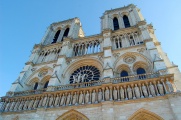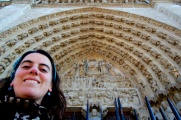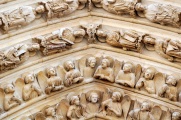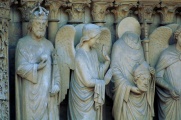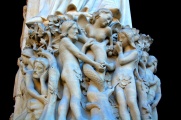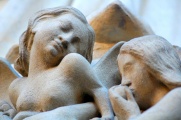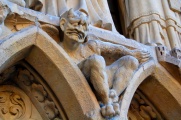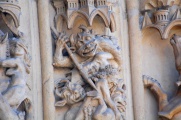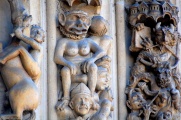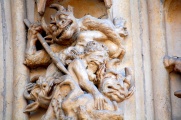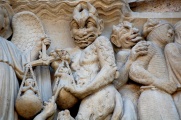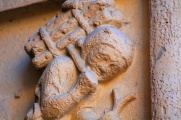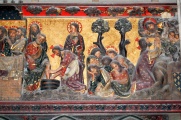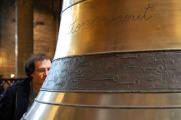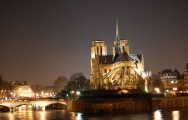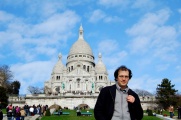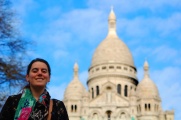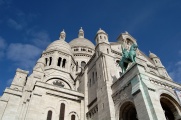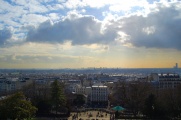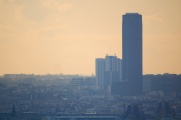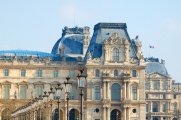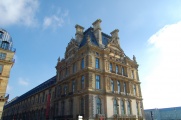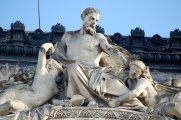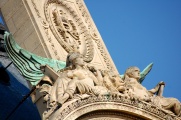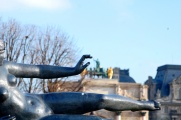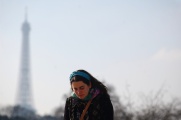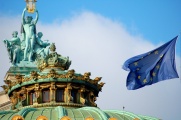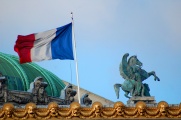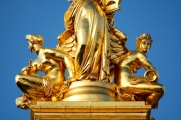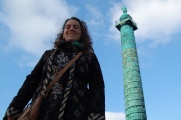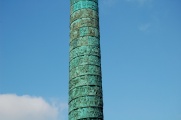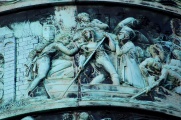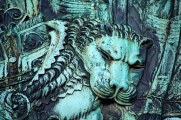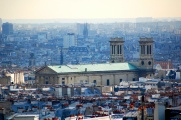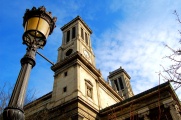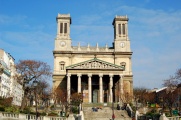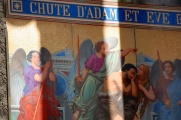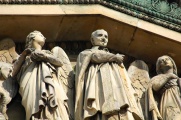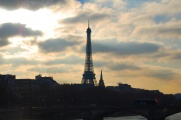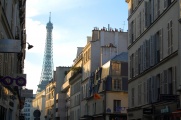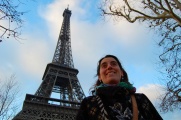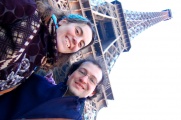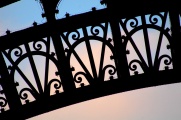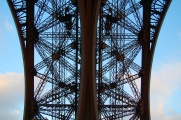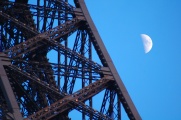m (→Colonne Vendôme) |
m (→Tour Eiffel) |
||
| Line 85: | Line 85: | ||
Image:Vendome-feb2013-4.jpg|A lion. | Image:Vendome-feb2013-4.jpg|A lion. | ||
Image:Vendome-feb2013-5.jpg|And an imperial eagle. | Image:Vendome-feb2013-5.jpg|And an imperial eagle. | ||
| + | </gallery> | ||
| + | |||
| + | == Saint-Vincent-de-Paul == | ||
| + | |||
| + | Vincent de Paul was a middle-age priest whose life was up to the greatest Biblical stories, such as that of [[http://en.wikipedia.org/wiki/Joseph_(son_of_Jacob)|Joseph]]'s vicissitudes. From peasants parents who sold their oxen to afford him an education, he was taken captive by Barbary pirates who auctioned him as a slave in Tunis. Later chaplain to the galleys, he led an order (the Vincentians) vowed to poverty and chastity and devoted to the poor in smaller towns and villages, making de Paul known as the ''apostle of charity''. The Church in its name, built after the model of basilicas, retains an original architecture. It is sometimes described as the last classical church of Paris. | ||
| + | |||
| + | <gallery perrow=3 widths=200px> | ||
| + | Image:saint-vincent-de-paul-feb13-5.jpg|Saint-Vincent-de-Paul as seen from the butte Montmartre. | ||
| + | Image:saint-vincent-de-paul-feb13-2.jpg|Side view. | ||
| + | Image:saint-vincent-de-paul-feb13-1.jpg|Façade with the Biblical scenes in enamel, onced removed for picturing nudity. | ||
| + | Image:saint-vincent-de-paul-feb13-4.jpg|Detail of one of them (with dressed Adam & Eve). | ||
| + | Image:saint-vincent-de-paul-feb13-3.jpg|Vincent de Paul. | ||
</gallery> | </gallery> | ||
Revision as of 13:40, 6 April 2013
Contents |
Paris
Paris, the capital of France.
![]() I had a very mild version of Paris syndrome (see here for a better description). Interestingly, not the very first time that I went there—this was with my father—but I believe on the third visit. The city suddenly appeared gross to me, dirty, full of obnoxious and arrogant people. A deep, complete, total disappointment of this place and its people. I can certainly understand it reaches traumatic proportions for delicate foreign visitors.
I had a very mild version of Paris syndrome (see here for a better description). Interestingly, not the very first time that I went there—this was with my father—but I believe on the third visit. The city suddenly appeared gross to me, dirty, full of obnoxious and arrogant people. A deep, complete, total disappointment of this place and its people. I can certainly understand it reaches traumatic proportions for delicate foreign visitors.
The most beautiful tribute to Paris that I know is Brel's les prénoms de Paris:
- Et savoir que demain
- Sera comme aujourd'hui
- C'est Paris merveilleux
Most tributes to Paris are tributes to love. Some, equally beautiful, are to freedom and resistance, but in the sight of history, these are farcical. Maybe more believable are those to a realism à la Zola.
Notre-Dame
We never go to Paris without passing by Notre-Dame, the heart of France and one pillar of Catholicism, where the Crown of thorns has been placed by Saint Louis for safekeeping while the Sainte Chapelle was being built (as he died before, it seems the relics remained in the temporary location). Witness of the slaughtering of the wolves of Paris, defaced by Napoléon for his coronation, the resonance chamber for the Requiem of the last French leader, and, of course, the inspiration for a major work of French literature, it is the real symbol of our capital.
Inside, the scene of Gethsemane.
Sacré-Cœur
A rather odd-looking church to crown Paris, it was built under Mac-Mahon following the popular uprising of la commune to reestablish moral order and monarchy. It is difficult to put it one side or the other: Kitsch or architectural masterpiece, perpetual adoration or touristic trap, national penance or national sin.
Visits on 2 August (2006) and then again on 16 February (2013).
Le Louvre
Palais Garnier

The magnificient Opéra house which should be known as the Opéra de Paris but is so opulently that it is known after its architect instead, Charles Garnier, an unknown 35-year-old architect when he was entrusted with the design. Building work, from 1860 to 1875, was interrupted by numerous incidents, including the 1870 war, the fall of the Empire and the Commune.
Colonne Vendôme
The famous copy in bronze of the the Trajan Column (itself in Marble) in Rome to serve as a pedestal to Napoléon who erected it from the cannons captured to the combined armies of Europe.
Sadly, the statue remained that of Napoléon as a Roman emperor, instead of the iconic pause en petit caporal, with the bicorne and in grey-coat with hand-in-waistcoat, which would have been much more dramatic.
Saint-Vincent-de-Paul
Vincent de Paul was a middle-age priest whose life was up to the greatest Biblical stories, such as that of [[1]]'s vicissitudes. From peasants parents who sold their oxen to afford him an education, he was taken captive by Barbary pirates who auctioned him as a slave in Tunis. Later chaplain to the galleys, he led an order (the Vincentians) vowed to poverty and chastity and devoted to the poor in smaller towns and villages, making de Paul known as the apostle of charity. The Church in its name, built after the model of basilicas, retains an original architecture. It is sometimes described as the last classical church of Paris.
